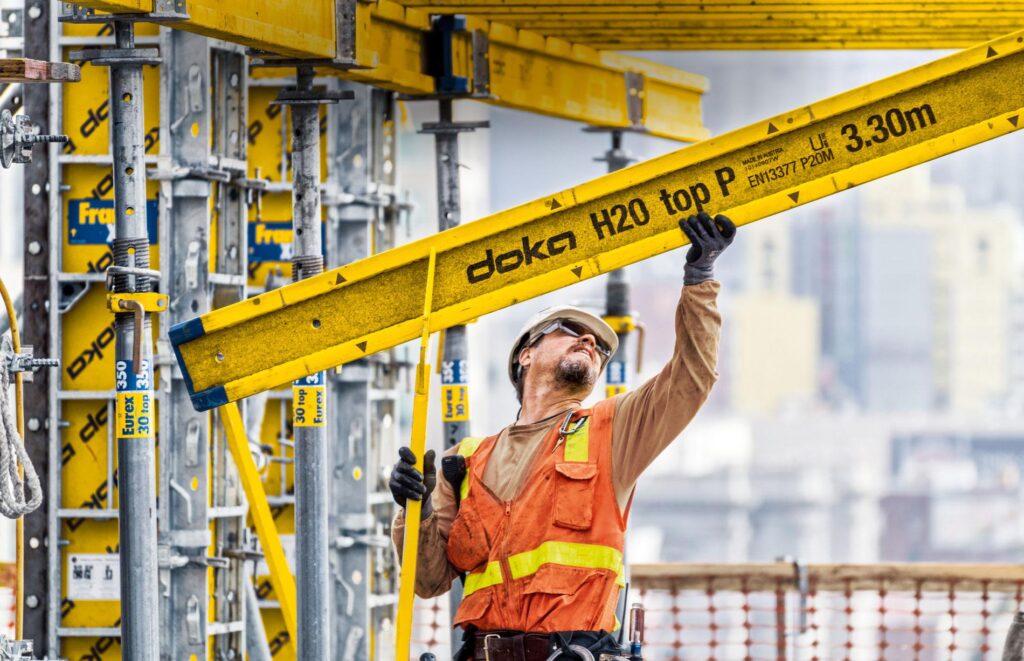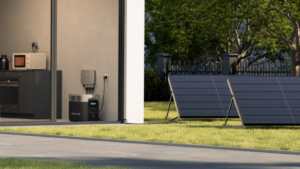Different Dam Formwork Uses For High Load Capacity And Safety

Dams are commonly built across streams and rivers to create reservoirs for irrigation, floodwater mitigation, easier navigation, and hydroelectric power. With additional components, like moveable gates, valves, and spillways, dams control the movement of water downstream. For engineering purposes, dams are categorized according to their use cases, structural types, and material compositions. Here, find a discussion of their categories and outline the role formwork plays in their construction.
Arch Dams
With the Jinping-I Dam in China being one of the most well-known examples, arch dams are named for their shape. The curved part of the arch gradually goes back down into the water. When that water presses against the structure, the pressure straightens the dam slightly, strengthening it. Formwork for mass concrete structures like the Jinping-I Dam must be strong enough to hold the weight of the concrete yet flexible enough to move slightly as the concrete cures.
Arch dams are ideally suited to narrow gorges and canyons that can support the weight of such structures. These dams are typically thinner than other types, so they use less material and have fewer uplift pressure problems. Arch dams require special formwork and skilled labor to build, making them one of the most time-consuming options.
Buttress Dams
Sometimes known as hollow dams, buttress dams use fewer materials than some other options. With straight or curved walls and buttresses on their downstream sides, buttress dams come in five different types: deck slab, columnar, multiple arch, multiple dome, and massive head. Formwork is used to build buttress dams on somewhat weak foundations, and switchyards and powerhouses can be built in between the buttresses.
Coffer Dams
These temporary structures allow for the diversion of water or damming in enclosed areas. Formwork is used to build coffer dams during the repair and construction of piers, oil platforms, and bridges, allowing work to continue in a dry and safe environment. Coffer dams can stand up to high pressure, and their shape and design depends on factors like the work area, soil type, water level changes, and depth requirements.
Detention Dams
The main purpose of detention dams is to minimize flood impacts by regulating the flow of water. A detention dam may store water for livestock, irrigation, recreation, municipal water supplies, or hydroelectricity. Using concrete formwork, designers must account for potential overtopping where the water level behind the dam exceeds the structure’s crest height.
Diversion Dams
These dams, as their name implies, divert water from its previous course. The water behind a diversion dam may be used to supply an irrigation system or a reservoir. Using concrete formwork, these dams are sometimes built to trap runoff and sediment, which simplifies the downstream diversion of water.
Embankment Dams
Embankment dams use formwork, soil, and recycled construction materials, with the latter being compacted to form a semi-impervious wall. Classified into earth- and rock-filled categories, these dams are filled with concrete to prevent seepage on sites with broader valleys. Embankment dams are a popular choice because of their ease of construction, resistance to soil settlement, and the wide availability of materials.
Dam Formwork: Meeting Various Needs
After discussing a few types of dams and associated construction methods, it’s easier to understand these projects’ requirements. Doka offers formwork for all types of concrete dams, with versatility and reliability built into every piece. Contact the company for additional information on available products and services.








